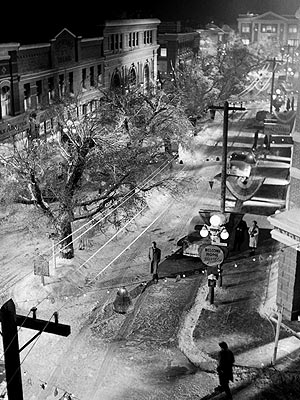TOKYO (Reuters) - Uncertainty over whether U.S. lawmakers will strike a deal by an end-of-year deadline to avert a severe fiscal retrenchment undermined the yen and bolstered Japanese shares on Tuesday in low volume, with many participants away on Christmas holiday.
The dollar rose to a 20-month high of 84.965 yen early on Tuesday in Asia, as Japanese markets caught up with global investors who had reacted overnight to incoming Japanese Prime Minister Shinzo Abe's weekend comments that raised the pressure on the Bank of Japan.
During a meeting on Tuesday with officials from Japan's major business lobby, Keidanren, Abe reiterated calls on the BOJ to conduct bold monetary easing to beat deflation by setting an inflation target of 2 percent.
The head of Abe's coalition partner said on Tuesday the coalition party and Abe had agreed to set a 2 percent inflation target and compile a large stimulus budget to help the economy return to growth and overcome deflation.
The yen has come under pressure as a result of expectations that the BOJ will be compelled to adopt more drastic monetary stimulus measures next year.
The dollar was expected to stay firm this week as investors repatriate dollars, and as the U.S. fiscal impasse is likely to continue to sap investor appetite for risky assets and raise the dollar's safe-haven appeal.
"The dollar is seen relatively well bid, with all focus on the fiscal cliff," said Yuji Saito, director of foreign exchange at Credit Agricole in Tokyo.
"Negotiations may be carried over the weekend, but markets still expect a deal to be struck by December 31. It is unthinkable that the U.S. will risk driving its economic growth sharply lower by not agreeing to avoid it."
U.S. lawmakers and President Barack Obama were on Christmas holiday and talks were unlikely to resume until later in the week.
House of Representatives Speaker John Boehner failed to gain support for a tax plan at the end of last week, raising fears that the United States may face the "fiscal cliff" of some $600 billion in automatic spending cuts and tax increases set to start on January 1.
Japan's Nikkei stock average <.n225> resumed trading after a three-day weekend with a 1.1 percent gain, recapturing the key 10,000 mark it ceded on Friday after Boehner's failure sparked a broad market sell-off and the Tokyo benchmark closed down 1 percent. The Nikkei was likely to be supported as long as the yen stayed weak. <.t/>
"Ongoing optimism about the weak yen is lifting hopes that exporters' earnings will be better than expected," said Hiroichi Nishi, general manager at SMBC Nikko Securities.
Analysts say a near-term correction may be possible as the index is now in "overbought" territory after gaining 16.2 percent over the last six weeks, hitting a nine-month high last Friday. Its 14-day relative strength index was at 72.34, above the 70 level that signals an overbought condition.
MSCI's broadest index of Asia-Pacific shares outside Japan <.miapj0000pus> nudged up 0.1 percent, driven higher by surging Shanghai shares, as most Asian bourses were shut for Christmas.
The Shanghai Composite Index <.ssec> soared over 2 percent to five-month highs as investors bought property stocks on mounting optimism about the sector. Taiwan shares <.twii> jumped 1.3 percent on gains in technology and financial shares.
Asset performance in 2012: http://link.reuters.com/muc46s
2012 commodities returns: http://link.reuters.com/faz36s
^^^^^^^^^^^^^^^^^^^^^^^^^^^^^^^^^^^^^^^^^^^^^^^^^^^^^^^^^^^>
U.S. HOLDS 2013 KEY
Goro Ohwada, president and CEO at Japan-based fund of hedge funds Aino Investment Corp, said investors were likely to focus on economic fundamentals and the United States for cues on investment direction in 2013.
"There is a feeling that an investment strategy based on economic fundamentals may finally work next year, with asset prices more closely reflecting fair value. The problem is, we don't know yet which asset is a better bet than others," Ohwada said, adding that oil and gold appeared to be near their highs.
Naohiro Niimura, a partner at research and consulting firm Market Risk Advisory, said commodities and energy prices will likely move in tight ranges in 2013, with investors eyeing political events, including the U.S. fiscal cliff outlook, Italian parliamentary election set for February 24-25, and Germany's elections in September.
"The macroeconomic policies taken this year around the world to support growth are expected to result in a moderate recovery in 2013 to reduce an excessive downside risk to prices. This will likely keep commodities, gold and energy prices near their highs," Niimura said.
(Additional reporting by Ayai Tomisawa in Tokyo; Editing by Edmund Klamann and Daniel Magnowski)













